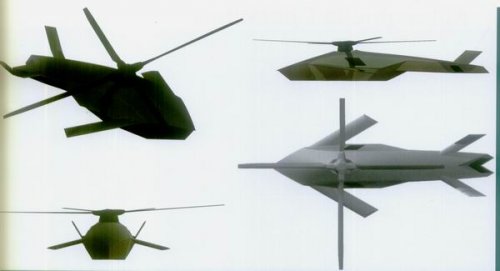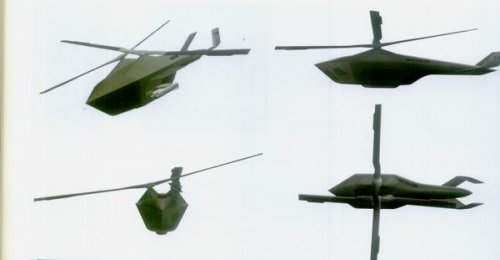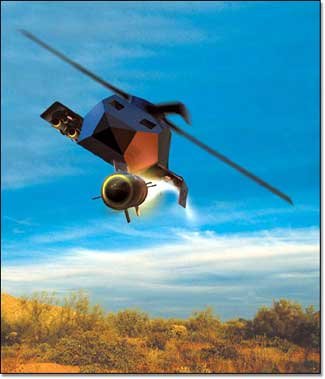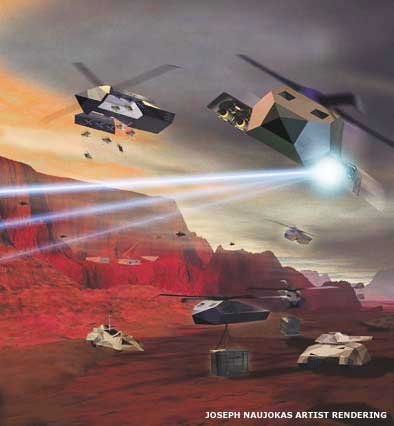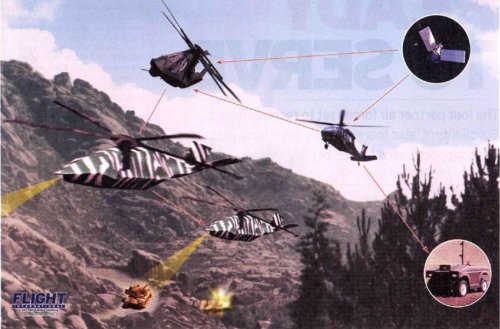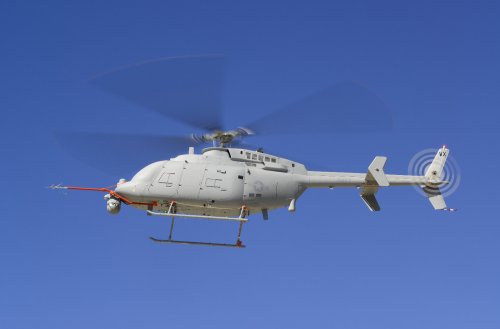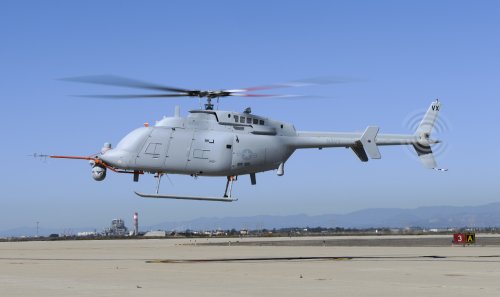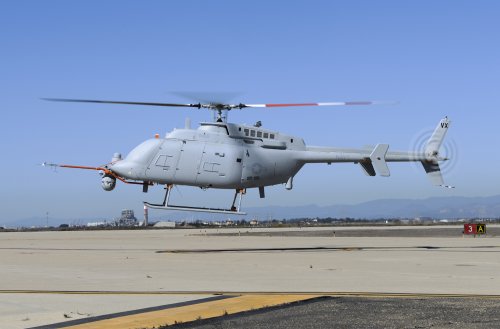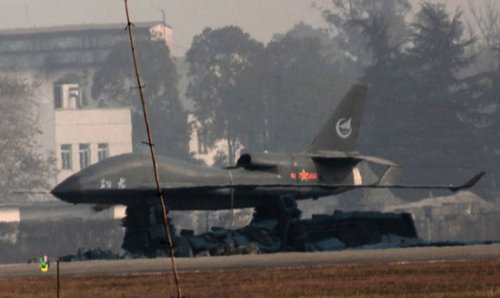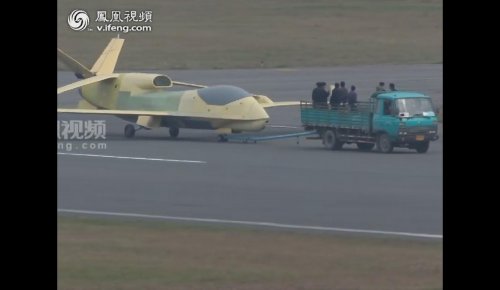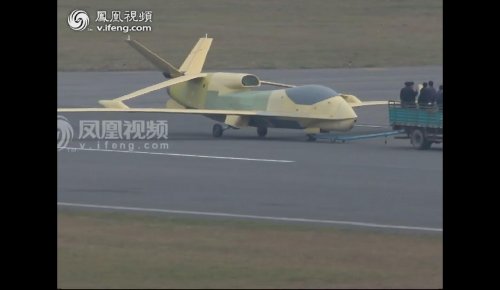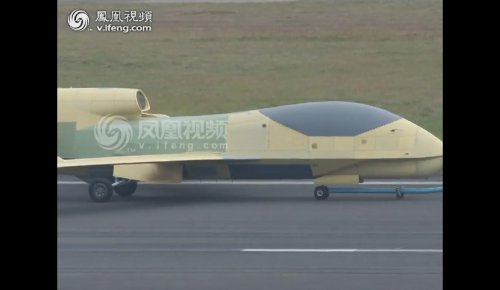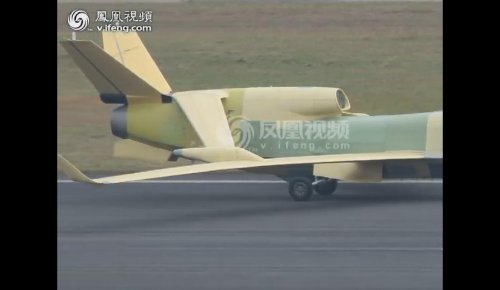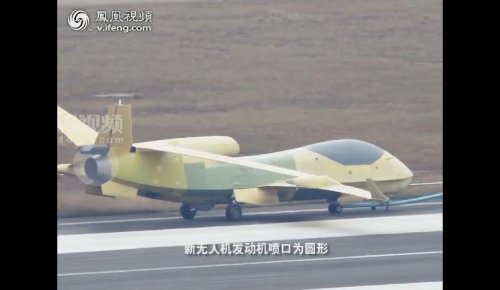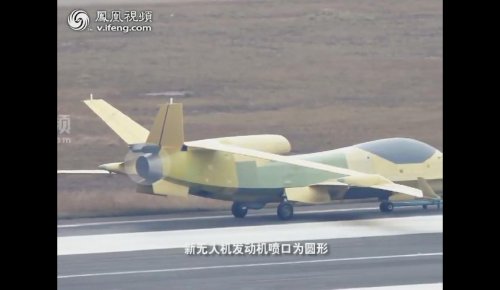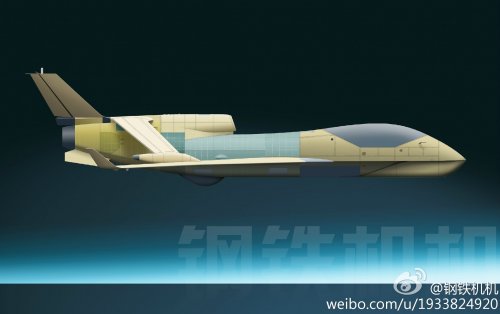- Joined
- 11 March 2006
- Messages
- 8,625
- Reaction score
- 3,806
From vertiflite, fall 2004, the Lockheed Martin and the Northrop Grumman
UCAR proposals.
And about IE, and "no machine will ever match human capablities" and so on, we perhaps should
remember, that until today, there isn't a generally (or better, among ALL scientists) accepted
definition, what "intelligence" really mean, or what level of intellectual capabilities is needed for
"self-awareness". Which animals are really intelligent ? Monkeys, dolphins .... ants ?
And there may be a lot of disturbances in trying to answer those questions : Philosophical,
religious ...
"No human being will ever be able to move faster than 100km/h", " ... ever be able to fly",
and similar statements of the past make us laugh today. Careful, or we are writing the jokes
of the future !
UCAR proposals.
And about IE, and "no machine will ever match human capablities" and so on, we perhaps should
remember, that until today, there isn't a generally (or better, among ALL scientists) accepted
definition, what "intelligence" really mean, or what level of intellectual capabilities is needed for
"self-awareness". Which animals are really intelligent ? Monkeys, dolphins .... ants ?
And there may be a lot of disturbances in trying to answer those questions : Philosophical,
religious ...
"No human being will ever be able to move faster than 100km/h", " ... ever be able to fly",
and similar statements of the past make us laugh today. Careful, or we are writing the jokes
of the future !

